
What screams "powerful" to you?
Benching 300 pounds?
Being the CEO of a Fortune 500 company?
For SEOs, power sometimes comes in subtler forms.
One of those forms is backlinks.
Backlinks are one of the most powerful SEO ranking factors.
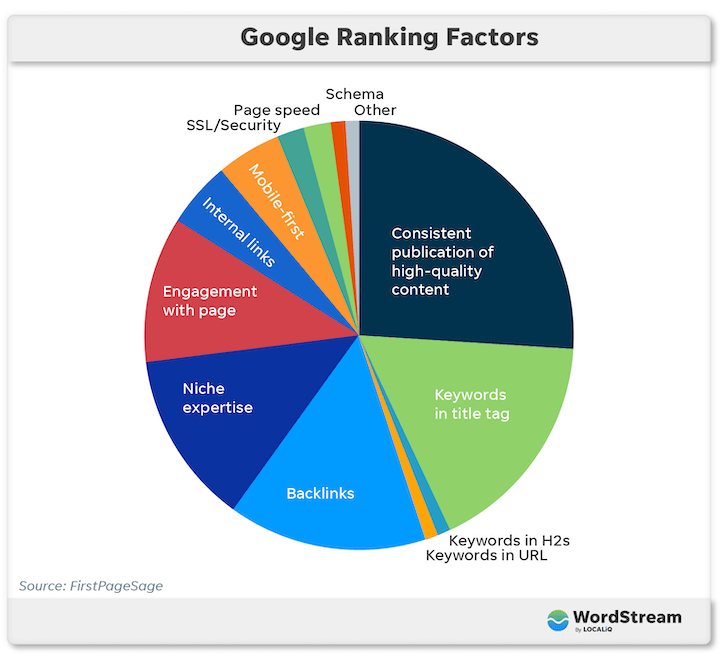
By building powerful backlinks, you can dramatically improve your website's search engine rankings for your target keywords (even if they’re highly competitive) and drive massive amounts of traffic to your pages.
However, not all backlinks are equal.
Search engines find some backlinks more valuable than the others. The exact, algorithmic factors that search engines use to determine the value of a backlink remain a bit mysterious, but SEO experts have managed to identify a few unmistakable traits of a quality backlink.
And while Google algorithm changes come and go, these quality backlink traits are forever.
Let’s now take a look at what makes the most powerful backlinks for SEO, and then talk about a few ways you can build such backlinks for your website.
The Defining Qualities of the Most Powerful Backlinks
1. The most powerful backlinks come from relevant, quality websites
The quality of a backlink's source website is the key factor in determining its value.
A single backlink from an authoritative and relevant website is a lot more valuable than a bunch of backlinks from low-quality websites.
Here are some of the key metrics you can use to estimate the quality (or power) of a backlink based on its source website and a few important HTML attributes:
Domain Authority — The Domain Authority metric of a website is a measure (on a scale of 0 to 100) of how reputable the website is in its niche or industry. The higher a website’s Domain Authority, the more valuable it appears to search engines. A backlink from a website with a high Domain Authority will generally be powerful enough to positively influence your search engine rankings.
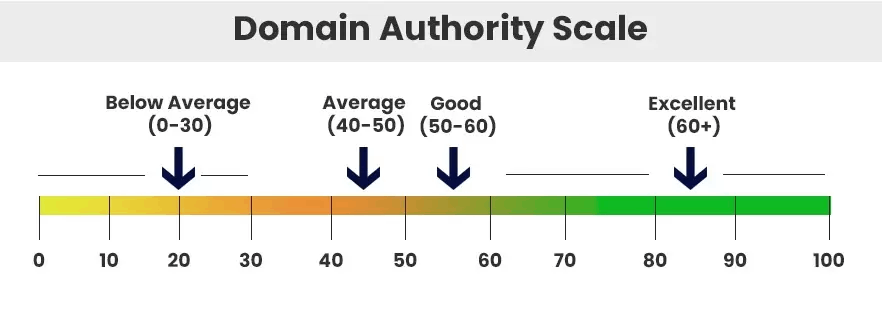
Image source: iTech India
Dofollow — An effective backlink is always a dofollow backlink (explained in detail in the following section).
Index status — The index status of a web page tells if search engines have indexed it or not. A web page that’s not indexed might not be visible in the search results. A website (or a web page) often has the non-indexed status if it has either been penalized by Google or if its robots.txt file isn’t configured correctly. A backlink from a page that's not indexed doesn’t give you any SEO juice. Moreover, if such a backlink is from a website wiped out of Google’s index as a result of a penalty, it could harm your website’s rankings as well.
External link count — The external link count metric of a page tells the number of external links a web page has. If a web page links to tons of external links, you might want to check if the page is spammy. A backlink from such a website (or a web page) that links to multiple pages may not be so valuable.
2. The most powerful backlinks are dofollow links
Dofollow backlinks are backlinks that pass the SEO juice of the website giving the backlink to the website getting the backlink.
So, for example, if website A has a Domain Authority of 80, and it gives a dofollow backlink to website B of Domain Authority 20, then website A is passing along great SEO value to website B, thereby helping website B rank better.
You can think of a dofollow backlink as a vote of confidence. When a website gives another website a dofollow backlink, it tells Google (and other search engines) that it doesn’t mind endorsing the website as a quality resource for a particular topic.
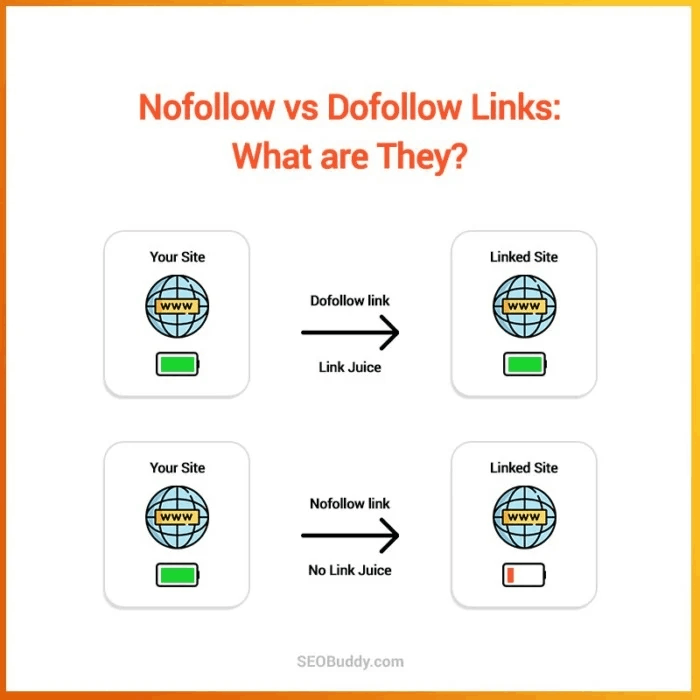
Dofollow backlinks are influential SEO signals and search engines use them to understand the relevance and authority of a website on a said topic.
The difference between nofollow and dofollow backlinks
A nofollow backlink is one that doesn’t pass along any SEO juice to the website getting the backlink. When search engines come across nofollow backlinks, they ignore them.
Every backlink, by default, is a dofollow backlink. However, websites can make a backlink a nofollow backlink by adding the nofollow attribute to it.
For example, the first HTML code you see below is that of a dofollow backlink, whereas the second one is that of a nofollow backlink:
1. <a href="https://seoptimer.com/">the best backlink checker tool</a>
2. <a rel="nofollow" href="https://seoptimer.com/">the best backlink checker tool</a>
It is defined as nofollow by the rel attribute.
Lots of times, though, websites don’t apply the nofollow tag individually to their backlinks. Instead, they apply the nofollow meta tag that works at the page level. When search engines find such a nofollow meta tag in a page's header, they ignore all the links on that page.
How to check if a website gives dofollow links
When building backlinks, always start by targeting the websites that give dofollow backlinks. It's not terrible to have nofollow links in your backlink profile—in fact, it makes your links look more "natural" to Google, which is a great thing—but if you're investing time and energy in a link building campaign, you'll want to strive for backlinks that can bump up your website rankings.
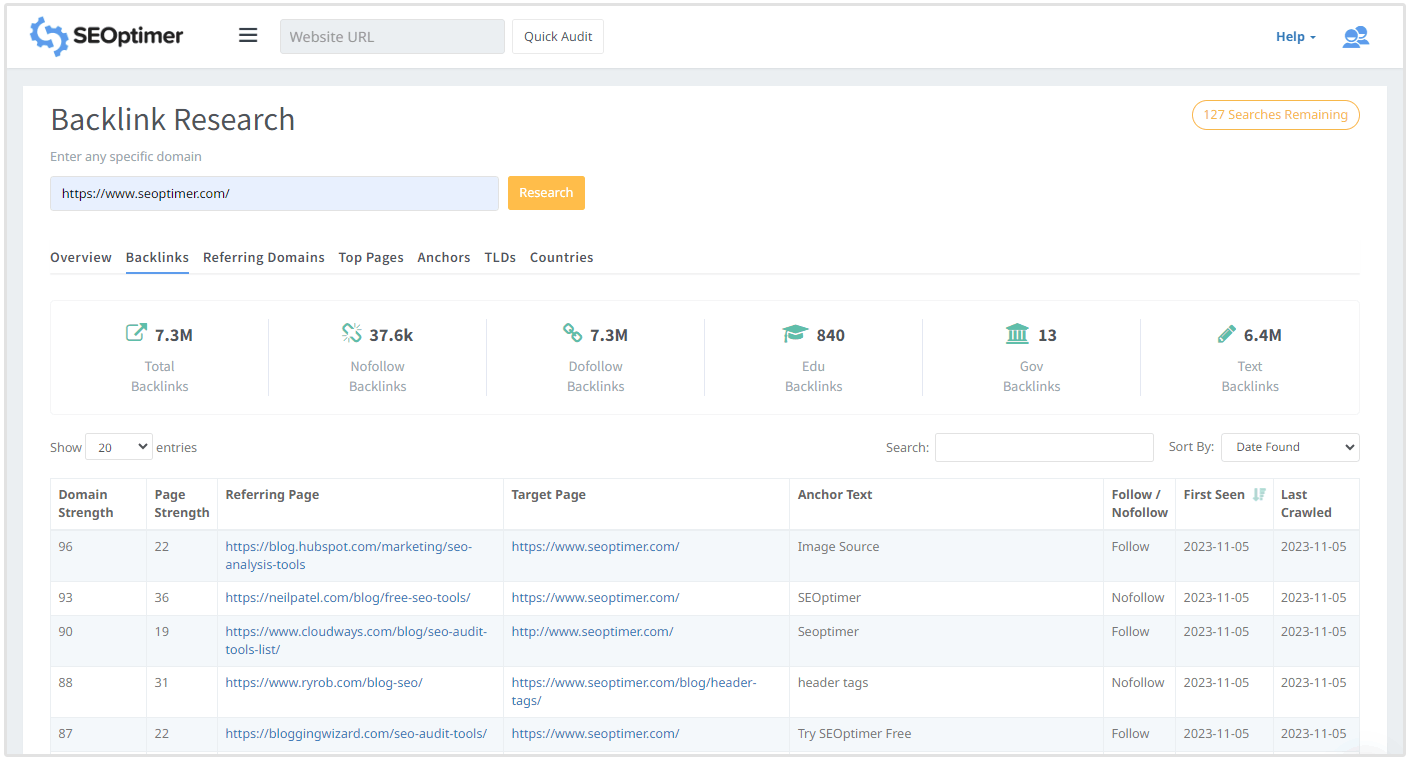
To find out if a website gives dofollow backlinks, there are a few very easy way to do this.
For example, one way to check if a website gives dofollow links is to view its source code. Just do a right click on the web page you want to check, click on the View Page Source option and search for the term nofollow.
In addition to this check, you should also see if the target website has applied the nofollow meta tag. Search for <meta name="robots" content="nofollow"> and/or <meta name=“robots” content=“none”> in the source code to find this out.
Now that you know the factors to check when determining the most powerful backlinks, it’s time to see how you can build such backlinks to your website.
How to Build the Most Powerful Backlinks to Your Site
When it comes to link building, there are just two ways to go about it.
1. Creating great content (and earning editorial backlinks)
The first way to build influential backlinks to your website is to create the best and the most valuable content in your niche so the quality websites in your niche link back to your website naturally—all on their own, without you even asking.
Editorial backlinks are backlinks that are "earned" solely with content.
While editorial backlinks would be great to have, getting them is quite challenging. With most websites recognizing the value of original, quality content, it's no longer enough to publish good content and wait for the backlinks to start appearing.
Here's where the manual link building campaigns help.
2. Run link building campaigns
Running manual link building campaigns at scale is the surest way to build backlinks to a website. Manual link building involves you reaching out to different websites in your niche and requesting backlinks.
Here are some link building campaigns you can try.
1. Listing your website in roundups — No matter what product or service you offer, it’s highly likely that your niche is full of blogs publishing “the top ten X products/services/solutions” lists. Such roundups don’t just send relevant traffic to the websites included in the list but also give backlinks. So look for such roundups and try to get listed on them.
2. Guest posting — Guest posting is one of the slowest but most effective link building tactics. All you need to do is contact relevant and authority websites in your niche and pitch post ideas for their blogs.
In return for your useful content, you get a backlink in your author bio. When giving a link back to your website, make sure you use a meaningful anchor text. Search engines use the anchor text when evaluating a backlink.
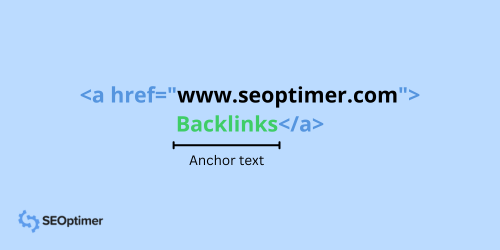
3. Targeting websites that give backlinks to your competitors — A website that can link to your competitor’s website can link to your website too. So, look at the backlinks of your competitors and reach out to all the websites giving quality backlinks.
4. Try the Skyscraper Technique. This basically means checking out the competition in SERP rankings and blasting their content out of the water with a much longer and better piece of content on a chosen topic.
These link building strategies can give you even more great ideas to get started.
However, when you implement any of these tactics, make sure to first evaluate the quality of the links you’ll be able to build with each. To do this, just measure how the potential links will score on the metrics we discussed above.
So, you know everything you need to know about the most powerful backlinks for SEO and improved SERP rankings.
Get out there, and work toward building a healthy backlink profile by going after a mix of backlinks from several quality websites.










